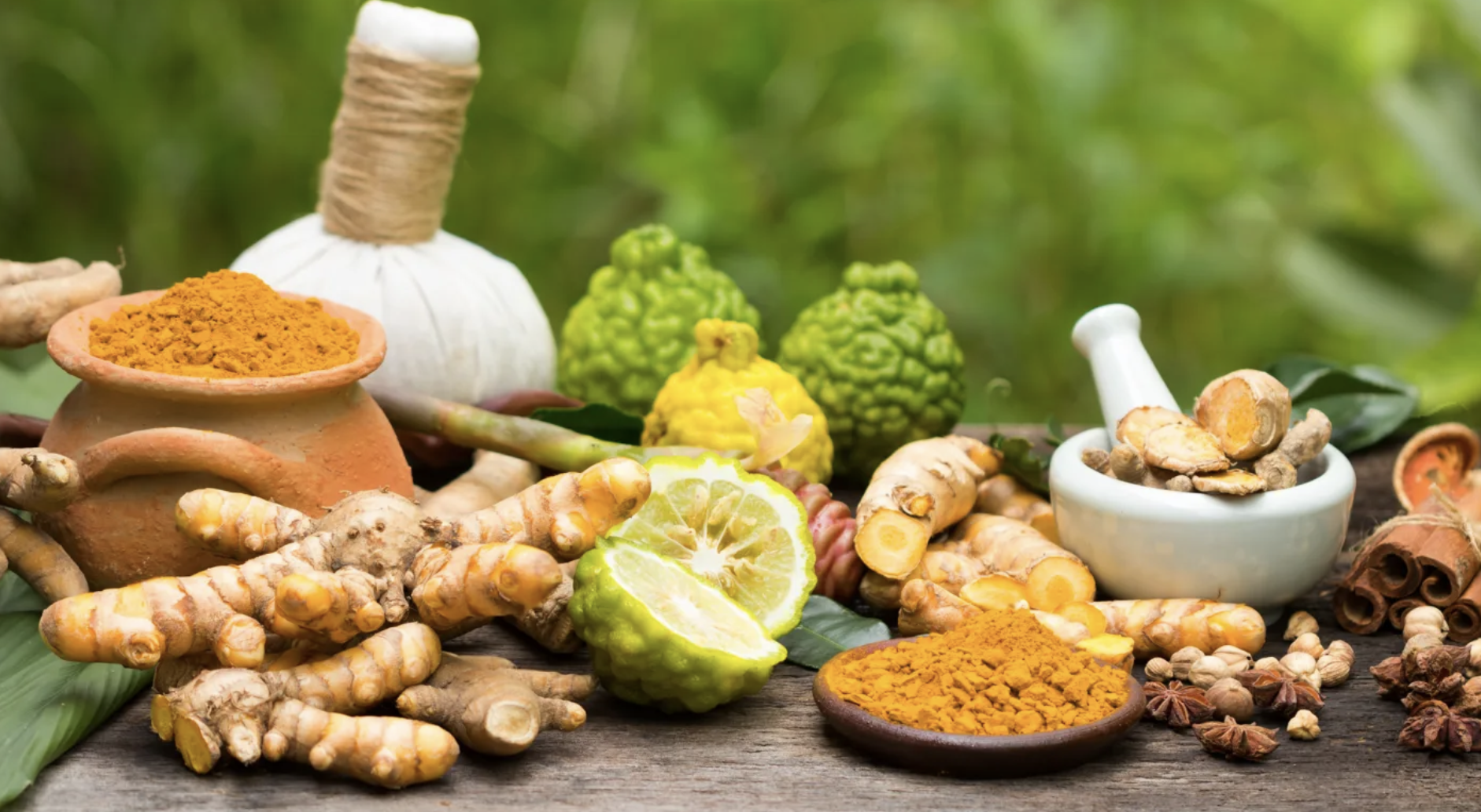Sattvic Foods, Remedies and Practices for a Blissful Life
Do you know about the three gunas, or triguna? The gunas are the three primal qualities of matter and consciousness that the Vedas refer to. In Sanskrit, guna translates as “attribute,” or “that which binds” us to the external world.
At the beginning of 2024, I landed on my motto for the year: ‘If it isn’t Sattvic, it’s gotta go.’ I shared this in various places and got mixed feedback. Some people resonated with that notion and some people wrote to me saying that we ought not get too fixated on Sattva and dismiss the other two gunas: Rajas and Tamas.
Let’s first get present to what Sattva is. It truly is one of my favorite Sanskrit words.
Sattva is the quality of truth, clarity, intelligence, equilibrium, stability, virtue, and goodness. It is light, luminous, peaceful, and blissful in nature. Sattva brings a feeling of happiness, contentment, love, and devotion. It is the force of love that unites all things. Sattva creates clarity in the mind, through which we perceive the truth of all things.Sattva is responsible for bringing about the awakening of the soul. Sounds pretty good, right?!
Rajas is the attribute of activity, experience, change, passion, aggressiveness, and disequilibrium.

The short-term action of rajas is to stimulate and provide pleasure. In the long run, excessive rajasic qualities will result in pain, suffering, fragmentation, and disintegration due to its unbalanced nature.
Tamas is the quality of inertia, dullness, darkness, and ignorance and is obstructing and heavy in its action. It is the force responsible for sleep, gravity, and the decay of matter. Tamas veils one’s true nature by promoting ignorance, limitations and isolation.
The three gunas directly relate to the three doshas. The term dosha literally translates as “fault,” “mistake,” or “altered state,” but it is commonly known as one’s basic constitution. Sattva has an affinity to pitta dosha, the biological humor of fire, responsible for metabolism and transformation. Rajas relates to vata dosha, the biological humor of air, which performs the functions of movement and communication. Tamas has qualities similar to those of kapha dosha, the biological humor of water, which provides structure, resistance, and lubrication.
According to Ayurveda, rajas and tamas are the doshas of imbalanced states of the mind; sattva is the true nature of the mind. We all have sattvic, rajasic, and tamasic tendencies, and we need all of them to some degree—but we can prioritize developing our sattvic side, especially if we’re on a spiritual path. Excess rajas and tamas can lead to disease if they remain the dominating forces.
To unfold sattvic qualities in one’s mind, body, and consciousness, it is best to follow a lifestyle with an emphasis on a sattvic diet: foods that are purely vegetarian, organic, seasonal, local, homegrown, fresh, and tasty. Or, at least follow this lifestyle at different times.
We can also bring balance to rajas and tamas with the power of sattvic remedies. This can be enjoyed regularly by taking herbs and tonics that deeply nourish and uplift. In Part Two of this series, I share a few herbal teas and remedies with you to promote sattva.
In addition to foods and remedies, sattva can also be cultivated through meditation, yoga, kirtan (devotional singing), reading spiritual texts and by surrounding oneself with people on a similar spiritual path. In Part Three I share more about lifestyle and spiritual practices for a blissful life.
When we put our attention on cultivating sattva, we raise our vibration and good things come to us and those around us. You can read my full article about Sattva, Food and the Mind below.
Ayurveda and Food: It’s a Balancing Act
This article I wrote about the three gunas, food and the mind was originally published in Yoga International magazine in 1998. They have republished it, and I am delighted to share it again with you now! View article here.


